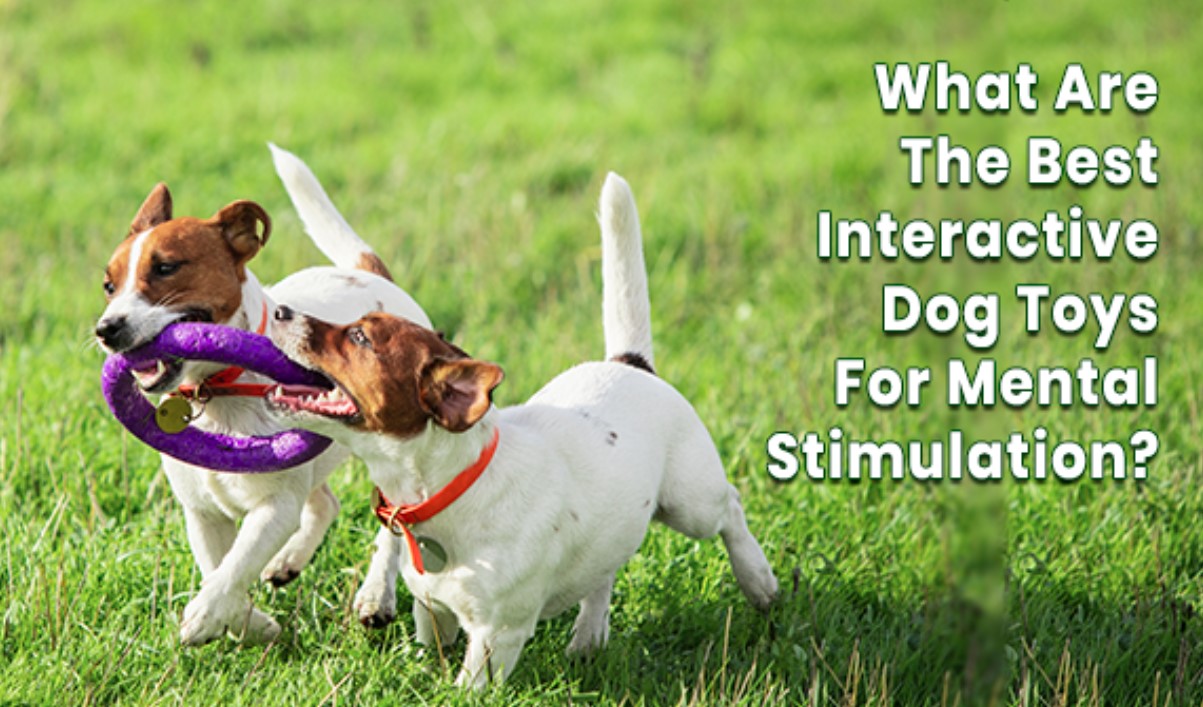5 Tips to Creating a Safe and Comfortable Home for Your Pet


Watching a pet snuggled up in a warm corner, wandering around a room they feel is secure, or welcoming you home with unashamed affection evokes a happiness that doesn’t require words.
That feeling of security and belonging is the product of intentional care—it’s not automatic.
An animal house is not just a haven; it’s an environment that fits their nature, life, and comfort.
Different animals react in various ways to what they find around them, from a kitten’s hyperactive playfulness to an old dog’s gentle devotion.
Their bodies and minds are affected deeply by the concrete surfaces they walk on, the areas where they retreat, and even the surrounding sounds within range.
How To Create a Safe and Comfy Home for Your Pet
Love is indispensable, but it’s not everything. The environment can also influence behavior, health, and longevity for pets.
Optimally designing home requires more than plush furniture and toys—more decisions based on pet physiology and lifestyle.
1. Design Rooms That Are Typical of Your Pet’s Habits and Instinctive Nature

Each animal possesses an internal cycle of habit and instinct, independent of human calendars. Identifying and responding to these patterns is the first step in building a home that will nourish mind and body.
Cats are drawn to sunbeams, elevation, and secluded refuges. At the same time, dogs require spaces that provide proximity to family, quiet shelter, and visual monitoring of the traffic in and out of the home.
For tiny pets such as rabbits or guinea pigs, relaxation is achieved by burrowing, chewing, and investigating enclosures that resemble their natural environment.
Designing spaces within your house that are suitable for these behavioral patterns introduces harmony and calm into your pet’s life.
Predefined sleeping areas with regular textures and low levels of noise facilitate deep sleep, while play areas for interactive exercises keep the body and mind awake.
These areas also create boundaries that deter risky behavior, which is most commonly the result of stress or disorientation.
Zoning is not only convenient; it makes things predictable and safe, so pets can navigate their world with confidence.
2. Improve Light and Air Quality to Permit Animal Sensitivity
Animals use senses that are much more consistently and acutely sensitive than human senses, especially light and smell. Dogs depend heavily on their sense of smell to move about, interact with one another, and interpret the world.
Inadequate ventilation can keep odors locked in, leading to breathing problems and added stress.
Irritants from mold, chemicals, or airborne irritants such as from candles or heavy cleaners can lead to allergic reactions, skin infections, and changes in behavior, particularly in sensitive individuals.
Lighting matters too. Natural light governs hormone cycles, affects sleeping habits, and stabilizes mood—particularly in dogs and other daytime living animals.
Harsh or unsynchronized artificial lighting will make your cat restless and confused. Cats might be crepuscular creatures, but even they require those natural light signals that augment internal rhythms.
Capitalizing on the soft-spectrum bulbs, pulling back blinds during the day, and adding HEPA-filtered air cleaners can significantly improve your pet’s living conditions, synchronizing their senses into a healthier and more peaceful one.
3. Choose Wear-Resistant Surfaces at the Cost of Nothing Clean
Pet life brings fur, claws, and miscellaneous messes with it. Although appearances count, functionality and hygiene take center stage when picking surfaces.
Soft furnishings such as fabric sofas and thick rugs catch hair, smells, and germs, so they are not an option for busy pet rooms. Opt for surfaces that do not absorb water, resist bacteria, and are cleanable.
Tightly woven performance fabrics with antimicrobial finish work well on sofas, while vinyl, faux leather, or microfiber provide durability without sacrificing comfort.
Flooring options must prioritize joint support and traction. Slipping surfaces such as polished wood or tile may strain or hurt. Cork, rubber, or textured laminate flooring provide traction and minimize joint pressure.
Wipe-clean mats stop dirt and fur transmission in resting spots with extra comfort. Pet products require all to be waterproof and quick to clean, from carriers to crates.
Emphasizing these solutions offers a sanitary and long-lasting resting spot that will promote your pet’s health and comfort.
4. Partner with a Pet Store Franchise That Prioritizes Specific Needs
Not all pet supplies are created equal. Most mass-market products overlook individual requirements—like orthopedic beds for older dogs or stimulation toys for anxious breeds. That’s where a reputable pet store franchise stands out.
These chains will provide carefully edited offerings of their niche brands selected for quality, safety, and applicability to pet behavior. Trained professionals will assist you in choosing things that really work for your pet’s lifestyle—things to calm your pet, ergonomic harnesses, etc.
Educational and community franchises have more of a product to sell than other franchises.
All of them provide the kind of services such as diet counseling, behavior counseling, or fitting in the store. There are some that even arrange with local trainers and vets for continuity of care.
Their familiarity with the local environment, housing types, and population of breeds provides another level of applicability that informs decision-making.
Getting to choose an outlet that understands your pet as an individual, not a figure, is building a support system that evolves along with your pet’s changing needs.
5. Reduce Environmental Triggers That Act On Emotional Balance
Stimuli like noise, foul smells, and sudden movement can exhaust a pet’s emotional quotient. Urban living, with its constant traffic, horns, and visitors, poses even greater challenges.
Soundproofing strategically with rugs, sound-absorbing panels, or heavy curtains provides a cushion for noises in strategic areas.
Moving your pet’s sleeping area away from windows and doors provides them with a quieter refuge where they can relax when they feel anxious.
The smell Is also a neglected stimulus. Harsh cleaning products and scented sprays disturb your pet’s familiar world. Animals use smell for orientation, memory, and safety. Using odor-free, pet-safe cleaning supplies maintains the stability of their sensory world.
Familiarity with noise, smell, and routine provides a stabilizing influence, particularly on pets with behavioral problems or anxiety. Developing a predictable, peaceful environment promotes trust and emotional strength.
Keeping Your Pup Safe and Comfortable!
Every detail of your home world, visible or invisible to the naked eye, has the power to shape your pet’s universe.
A carefully planned space, tailored to their instincts and histories, is a space where safety, comfort, and happiness coexist. It’s not perfection—it’s presence, responsiveness, and careful tending that allow your pet to live fully and freely.








Leave A Comment